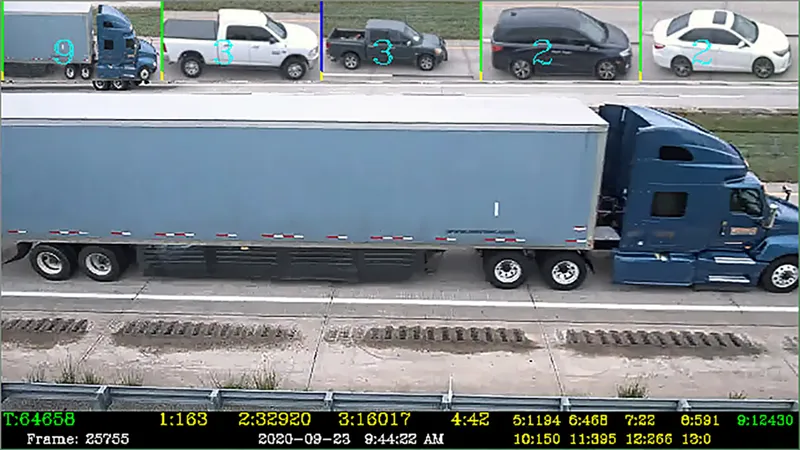UK ports owner Associated British Ports (ABP) has selected Indra’s iMare vehicle traffic service (VTS) for the monitoring and management of maritime traffic in the port of Southampton, one of the UK’s largest and most important ports, handling over 38 million tonnes of cargo a year.
October 11, 2013
Read time: 2 mins
UK ports owner Associated British Ports (ABP) has selected 509 Indra’s iMare vehicle traffic service (VTS) for the monitoring and management of maritime traffic in the port of Southampton, one of the UK’s largest and most important ports, handling over 38 million tonnes of cargo a year.
iMare provides port operators with an integrated maritime picture based on standardised digital nautical charts. The system includes tools that safely organise and manage maritime traffic, while automating and improving repetitive tasks such as pricing and billing the entry of goods into the port.
Each vessel is identified on the operator's workstation screen, with information on the exact location, load and route. It also integrates the maritime communication system in order to easily contact and send instructions to the crew.
Indra will also install four new radar systems for monitoring vessel movements throughout the port and in nearby waters. The iMare system will combine the information provided by these radar systems and integrate it with the data provided by the automatic identification system (AIS), the digital selective calling (DSC) mayday system, as well as weather and tide stations. It will also have access to the various cameras that have been installed in order to visually verify the information gathered by sensors.
The system will go into operation this year.
iMare provides port operators with an integrated maritime picture based on standardised digital nautical charts. The system includes tools that safely organise and manage maritime traffic, while automating and improving repetitive tasks such as pricing and billing the entry of goods into the port.
Each vessel is identified on the operator's workstation screen, with information on the exact location, load and route. It also integrates the maritime communication system in order to easily contact and send instructions to the crew.
Indra will also install four new radar systems for monitoring vessel movements throughout the port and in nearby waters. The iMare system will combine the information provided by these radar systems and integrate it with the data provided by the automatic identification system (AIS), the digital selective calling (DSC) mayday system, as well as weather and tide stations. It will also have access to the various cameras that have been installed in order to visually verify the information gathered by sensors.
The system will go into operation this year.










